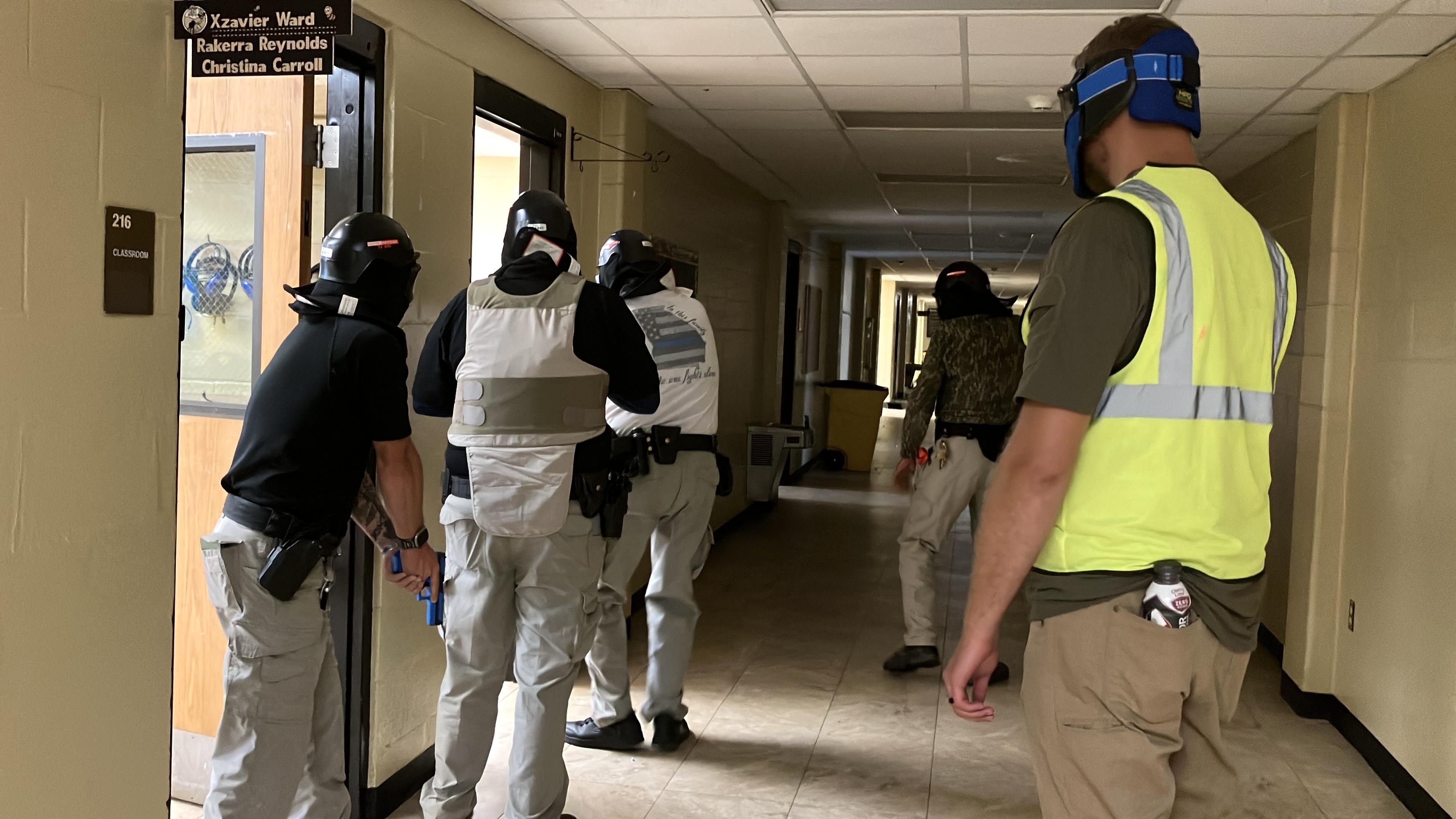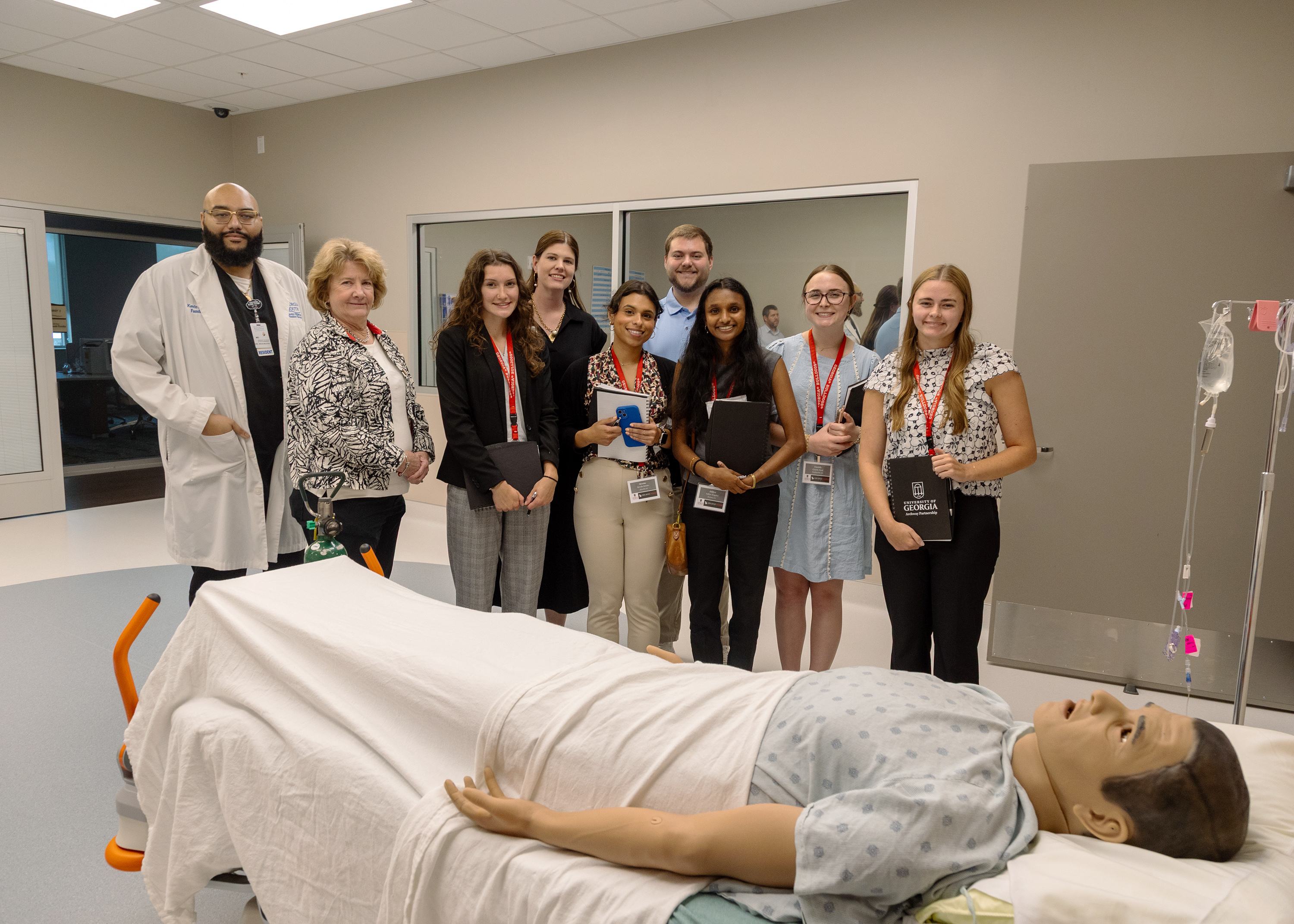Officials begin processing absentee ballots
Published 6:00 pm Monday, October 26, 2020

- Voting
MOULTRIE, Ga. – Records continue to fall each day since the State of Georgia opened early voting on Oct. 12 for the Nov. 3 general election. The Secretary of State’s office reports more than 2,400,000 votes cast either in person or via a requested absentee ballot.
Friday, Oct. 30, represents significant deadlines as that is the final day to vote in person and it’s the last day to request a ballot to be sent to a voter through the mail. Colquitt County’s final contribution to the total, based on what’s already received by election officials, could wind up being between 8,000 and 10,000, according to Probate Judge and Elections Superintendent Wesley Lewis.
Lewis did not work in the county office Friday because Saturday was to be a full busy day. In a brand-new procedure allowed by the state election board, Colquitt County was set to begin processing absentee ballots on Saturday, Oct. 24, beginning at 8 a.m. Each working day Oct. 26-30 will end with a four-hour session of processing starting at 4 p.m. It’s back in the offices Halloween Saturday at 8 a.m., and the longest session of them all will be Monday, Nov. 2, from 8 a.m. to 5:30 p.m.
What is this processing all about? It’s opening the envelopes, removing contents from the envelopes, batching the ballots by precinct, scanning the ballots into the system and discovering any balloting mistakes such as overvoting (making more marks than are allowed). The public can view the processing at any time, but must sign in, wear a badge, and must leave electronic devices for recording, monitoring and communication behind; that includes cell phones.
“I believe it’s a reflection of both campaigns spreading the word about early voting,” said Lewis about the record early voting numbers, referring to the presidential campaigns of Republican incumbent Donald Trump and Democratic challenger Joe Biden. Lewis said there’s been a shift of attitudes about voting as it relates to the global COVID-19 pandemic from the June primaries to the fall general election cycle. By that he means people feel better now about getting out and doing normal activities – such as voting in person – than in the summer.
Lewis said the concept of early voting was a means of spreading out the time for voting, giving voters more options. However, he said, prior to this year studies show it didn’t necessarily increase voter turnout. The average turnout for a presidential election, Lewis said, is 75 percent.
Now, Lewis said the campaigns can use the reach of social media and 24-hour news cycles – not to mention more money – to get the word out on early voting. This fall’s type of overall turnout isn’t normally seen until the final week of early voting.
Lewis, in his communication with the county’s Registrar’s office, said that around 3,500 requests were made for absentee ballots with 1,750 already returned. The requests were more frequent, Lewis said, for the June primary.
Voters do have the option, if they receive an absentee ballot through the mail, of bringing that ballot back to the polling place – during the early period or on Election Day – so it can be cancelled. Then, the voter casts his or her votes at the poll.
Lewis said Colquitt’s had around 500 such cancellations already.
“People are more confident of getting out since the June primary,” he said. Absentee ballots need to be cancelled first in order to show someone isn’t voting twice.
Under old rules, Lewis said nothing could be done with absentee ballots until Election Day. When these ballots are processed beginning Oct. 24, the only thing that won’t happen is tabulation. That, still, doesn’t start until the evening of Nov. 3.
“But we will have them in the system,” said Lewis. The idea, he added, is to total the results and have them ready for release faster.
If a ballot is completed properly, it goes into the county’s system. What happens, though, if there is a problem with an absentee ballot? Did the voter not sign it? Is there a stray mark that makes it unreadable by a scanner?
“My goal is to err on the side of the intent of the voter,” said Lewis.
He said any ballots they find cannot be entered for any reason will be returned to the voter, who then has the chance to correct anything such as a missing signature. Lewis said that must be done by Election Day. Officials also have the ability, Lewis said, if they can ascertain a voter’s intent to duplicate damaged or adjudicated ballots to reflect that intent.





